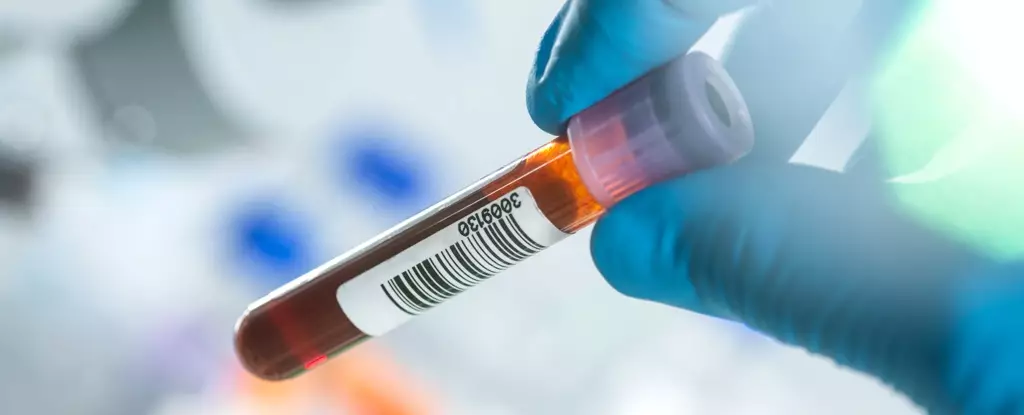In a landmark decision, the United States Food and Drug Administration (FDA) has sanctioned the first blood test designed to detect Alzheimer’s disease—a pivotal advancement that promises to enhance early treatment methods for this devastating neurological disorder. Developed by Fujirebio Diagnostics, this innovative test measures the levels of two specific proteins in the blood, which are closely linked to the presence of amyloid plaques—a hallmark sign of Alzheimer’s disease. Previously, detecting these plaques required invasive procedures like brain scans or spinal fluid extraction, often delaying critical early intervention.
This approval comes at a time when Alzheimer’s disease threatens millions. With projections estimating that 10% of individuals aged 65 and older currently suffer from Alzheimer’s—and an expectation that this figure could double by 2050—the urgency for accessible diagnostic tools cannot be overstated. FDA Commissioner Dr. Marty Makary emphasized the vital nature of early detection, arguing that such innovation could dramatically change the landscape of Alzheimer’s treatment and management.
The Broader Implications of Early Diagnosis
The implications of this test extend far beyond mere detection. With two FDA-approved therapies available—lecanemab and donanemab—both designed to target amyloid plaques—it becomes increasingly clear that early intervention could offer significant benefits. Neurologists and advocates for these therapies emphasize that initiating treatment at the earliest stages of cognitive decline could prolong patient independence and enhance the quality of life. Although these drugs do not offer a cure, the ability to potentially extend independence by even a few additional months is a compelling argument for early testing.
Importantly, the blood test’s clinical relevance has been corroborated through extensive studies showing its correlation with conventional detection methods such as positron emission tomography (PET) scans and spinal fluid analysis. FDA official Michelle Tarver highlighted that this clearance signifies an important advancement in Alzheimer’s diagnosis, making the process more accessible and easier for patients. Such accessibility is crucial, especially as many individuals with cognitive decline do not seek or receive timely diagnoses.
Considerations and Potential Challenges
Despite the optimism surrounding this breakthrough, there are inherent challenges and considerations. The results of the blood test must be interpreted alongside other clinical factors, suggesting that it should not be viewed as a standalone diagnostic tool. Patients exhibiting signs of cognitive decline will still require comprehensive evaluations to ensure accurate diagnoses and appropriate care pathways.
Furthermore, the long-term impact of these early interventions remains to be seen. While many hail this advancement as a potential game changer, it also raises questions about healthcare infrastructure, insurance coverage for the test, and the treatment itself. Will healthcare systems be able to accommodate the influx of patients seeking early diagnosis and treatment? Will insurance providers recognize and cover the costs associated with this new diagnostic method?
Ultimately, while this innovative blood test represents a significant stride toward more effective diagnosis and treatment of Alzheimer’s disease, it is essential to navigate the accompanying challenges mindfully. The journey toward making Alzheimer’s care more proactive and effective is just beginning, and the road ahead demands careful consideration and collaboration among medical professionals, patients, and healthcare systems alike.

